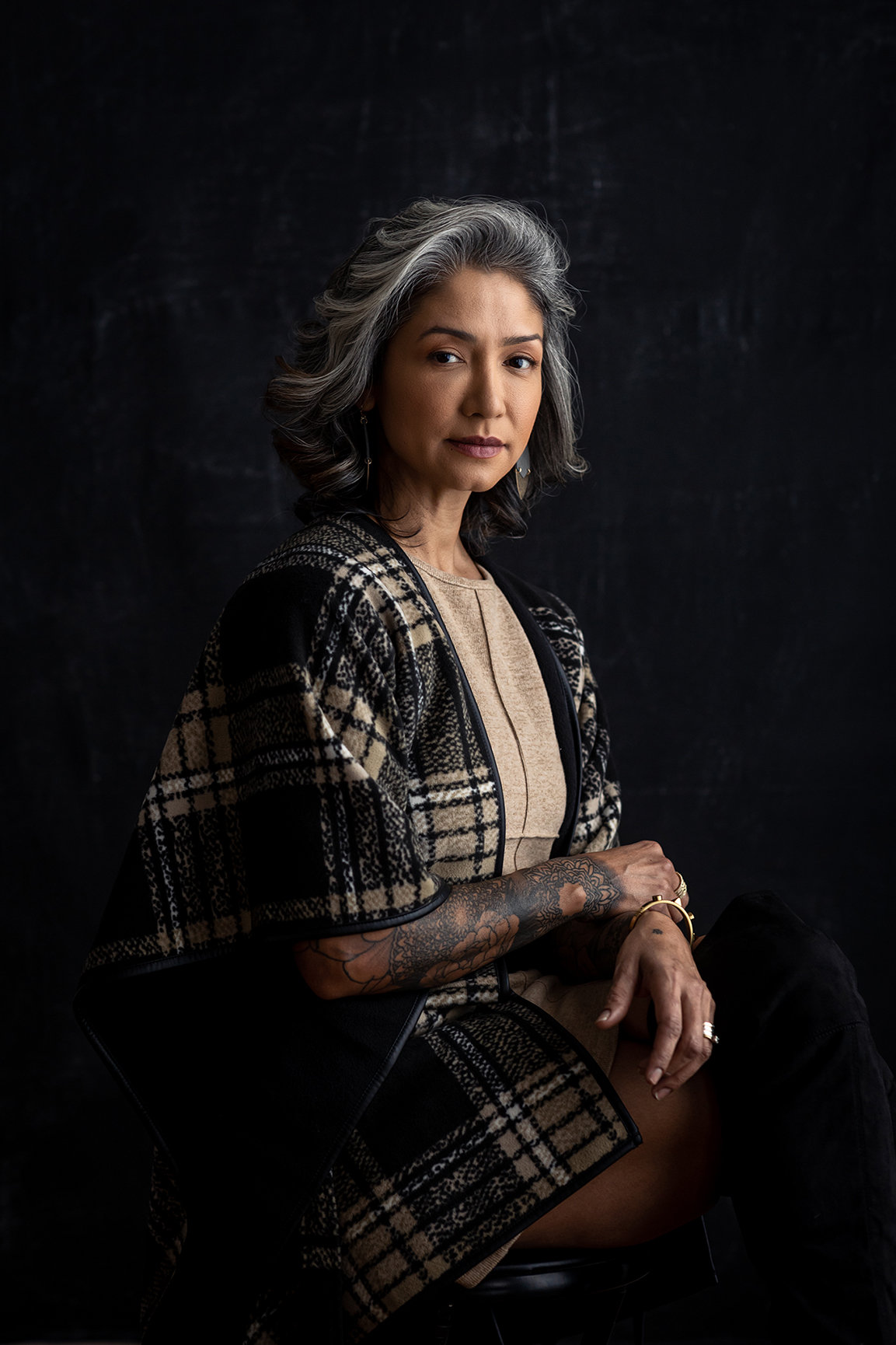What is the difference between a headshot and a portrait?
Photography is a captivating art form that allows individuals to capture moments, emotions, and personalities in a single frame. Within the realm of portrait photography, two commonly used terms often cause confusion headshots and portraits. While both share the goal of capturing a person's likeness, they differ in their purpose, composition, and intended use. In this blog, we will delve into the distinctive characteristics of headshots and portraits, exploring their nuances and shedding light on their unique roles in the world of photography.
I. Definition and Purpose:
1. Headshots:
A headshot is a tightly cropped photograph focusing primarily on a person's face, head, and sometimes shoulders.
The primary purpose of a headshot is to showcase an individual's facial features, expressions, and personality.
Headshots are commonly used for professional profiles, such as resumes, LinkedIn, business websites, and actor/model portfolios.
2. Portraits:
Portraits encompass a broader view of an individual, capturing their entire body, surroundings, and conveying a more comprehensive story.
The purpose of a portrait is to depict the subject in a broader context, providing insights into their character, lifestyle, or the environment they are in.
Portraits can serve various purposes, including family albums, artistic expression, or editorial storytelling.
II. Composition and Framing:
1. Headshots:
Headshots often feature a clean and simple composition, with minimal distractions in the background.
The emphasis is on the subject's face, with a focus on facial expressions, eyes, and sometimes hands.
Backgrounds are typically neutral or blurred to keep attention on the subject.
2. Portraits:
Portraits allow for more creative freedom in composition, encompassing a wider view of the subject and their surroundings.
The framing can include full body shots, mid-length, or closeups, depending on the photographer's artistic vision.
Backgrounds in portraits play a crucial role in storytelling, adding depth and context to the image.
III. Lighting and Mood:
1. Headshots:
Lighting in headshots is often soft and flattering, highlighting facial features while minimizing harsh shadows.
The mood is generally more straightforward, aiming to present the subject in a professional and approachable manner.
2. Portraits:
Portraits offer more flexibility in lighting, allowing photographers to experiment with different styles, such as dramatic, natural, or chiaroscuro lighting.
The mood of a portrait can vary widely, from joyful and candid to serious and contemplative, depending on the desired narrative.
IV. Clothing and Posing:
1. Headshots:
Clothing in headshots is typically chosen to complement the professional context, often featuring more formal attire.
Poses are straightforward, focusing on capturing the subject's confidence and approachability.
2. Portraits:
Clothing choices in portraits can be more diverse, reflecting the subject's personality or the intended theme.
Poses in portraits can vary widely, ranging from dynamic and energetic to serene and contemplative, contributing to the overall storytelling aspect.
While headshots and portraits share the common goal of capturing a person's likeness, they differ significantly in their purpose, composition, and execution. Headshots are tailored for professional contexts, emphasizing the face, and providing a clear representation of an individual's identity. On the other hand, portraits offer a broader canvas for artistic expression, allowing photographers to convey a more extensive narrative through creative composition, lighting, and posing. Understanding these nuances is crucial for both photographers and subjects, ensuring that the final images effectively communicate the desired message in various contexts.











0 Comments